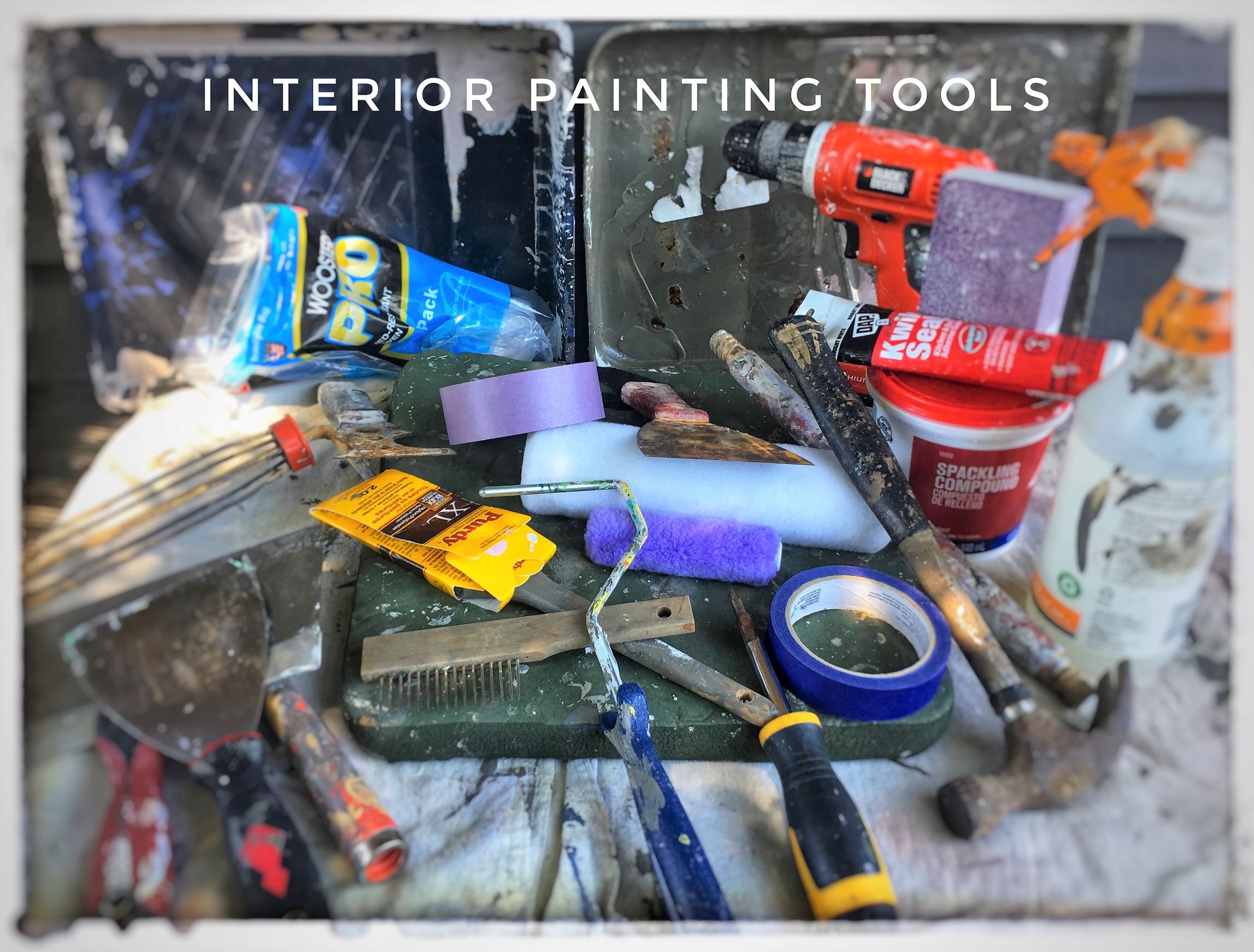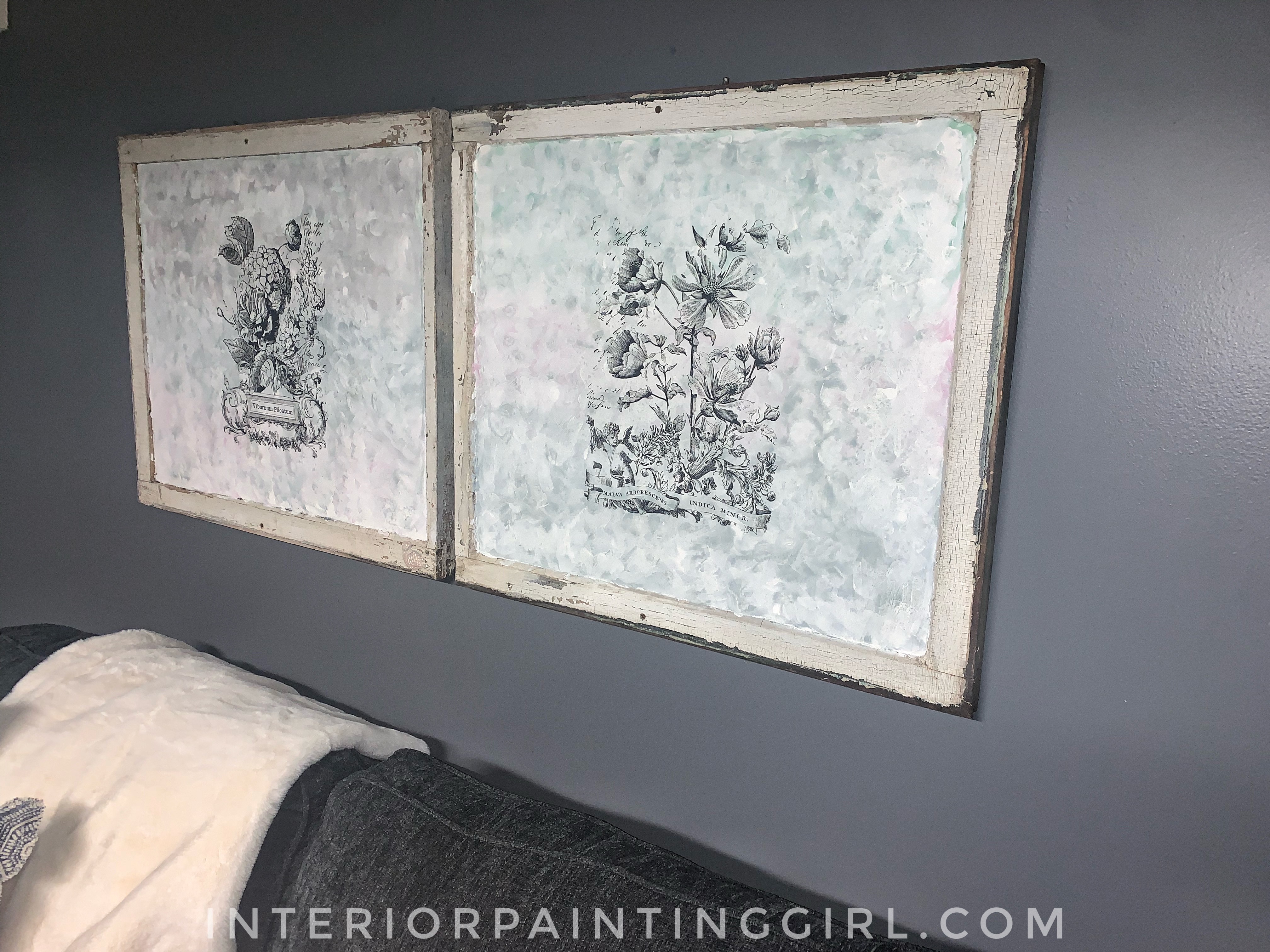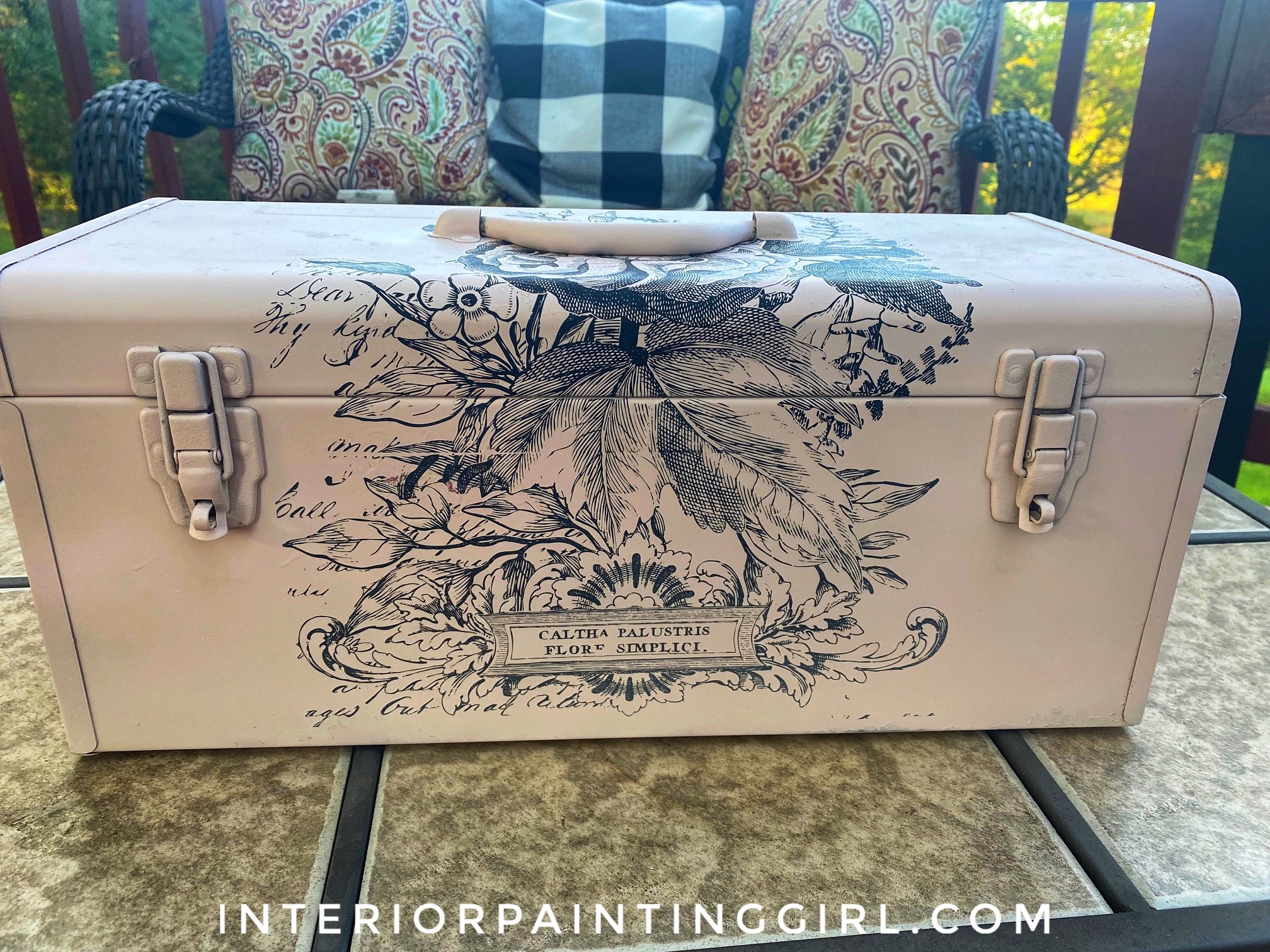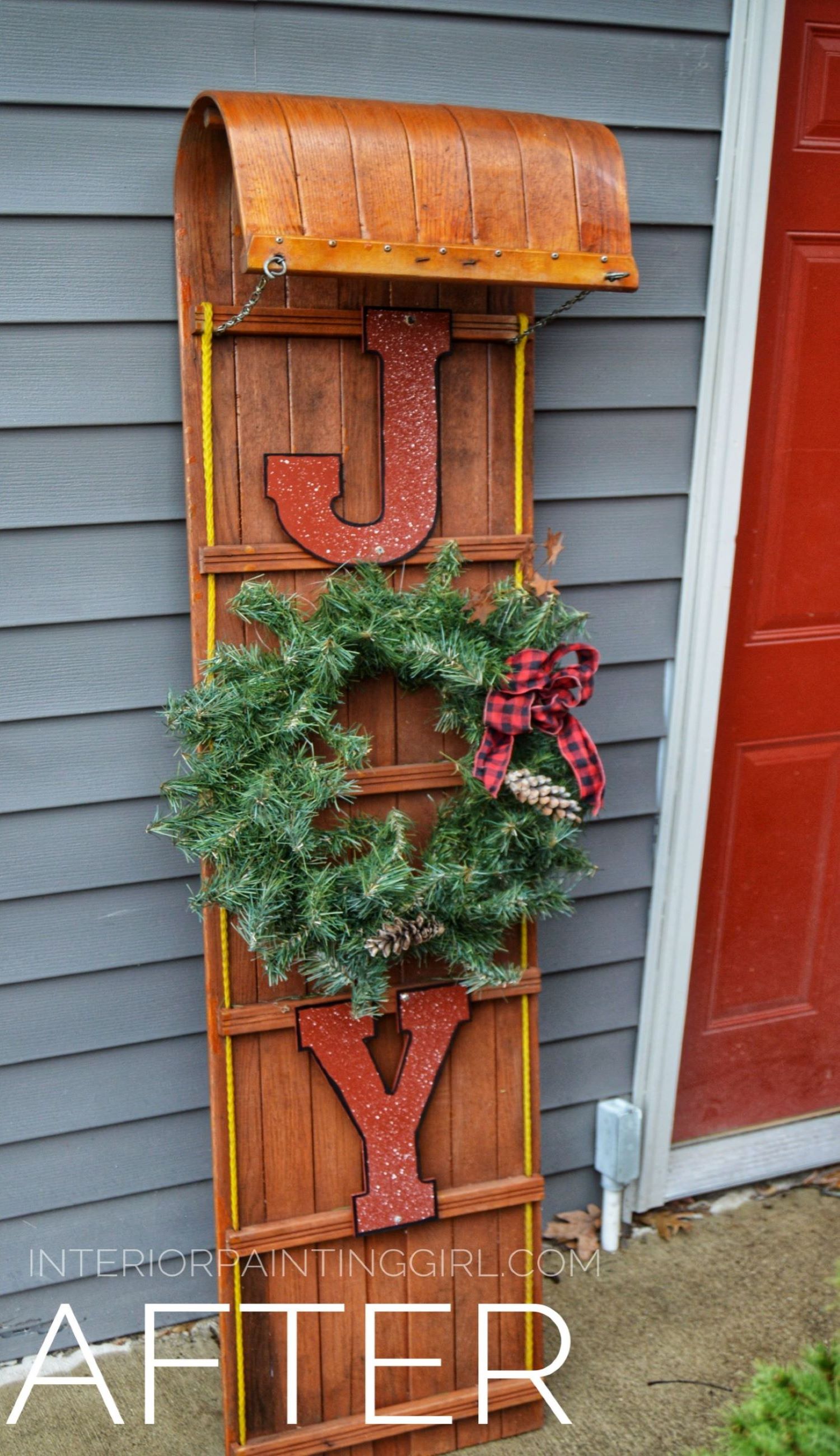Interior Painting Tools
Having all the interior painting tools you need (and the right interior painting tools!) is critical to the success of your painting project. I’ve made a list of items that you’ll need for the majority of your interior painting projects. Rest assured, they are almost all reusable and reasonably-priced! After all, our goal is to get your project done quickly, hassle-free, and budget-friendly!
Take this list with you to the paint store of home improvement store so you can be sure to get all the materials you will need for your project. These tools aren’t needed for EVERY project. Some are specific for a certain type of paint job. Each individual interior painting guide will provide a list of what you need for that particular job.
"Hard" Interior Painting Tools
These interior painting tools are actual hardware store items. Perhaps you own most of these already. And, if you don’t, they are staples in the lives of homeowners. You will use them time and time again and get your money’s worth!
Hammer – To remove nails or pound in nails and screws that cannot otherwise come out easily and secure paint lids after opening.
Needle Nose Pliers – For pulling out nails and drywall anchors
Drywall Trowel or Putty Knife - For drywall repairs including drywall mud and spackle application.
Scraper – For scraping off stickers, shoddy drywall repairs, paint boogers, and existing roller fuzz.
Screwdrivers – For removing outlet cover plates, screws, shelving and curtain rods
Paint Tray – This holds all your paint and gives you a square surface in which to load your roller cage.
Roller Cages – These are the primary interior painting tools for rolling paint onto your surfaces. Roller covers and can be screwed into an extension pole to increase reach or improve ergonomics.
Paint Extension Pole – A pole in varying lengths that can help extend your reach, minimize working off of a ladder, and minimize wrist and back fatigue.
Brush Comb - I highly recommend using a quality paint brush and this item aids in the clean-up process of the brush. If you have a 5-in-1 paint tool with a comb included you may not need a separate brush comb.
Utility knife - Used to open packaging and score painter’s tape before removal.
Ladder – Utilize the smallest ladder needed for your space. Use of a roller extension may help minimize your ladder usage. Always inspect your ladders before use and ensure you are utilizing them safely!
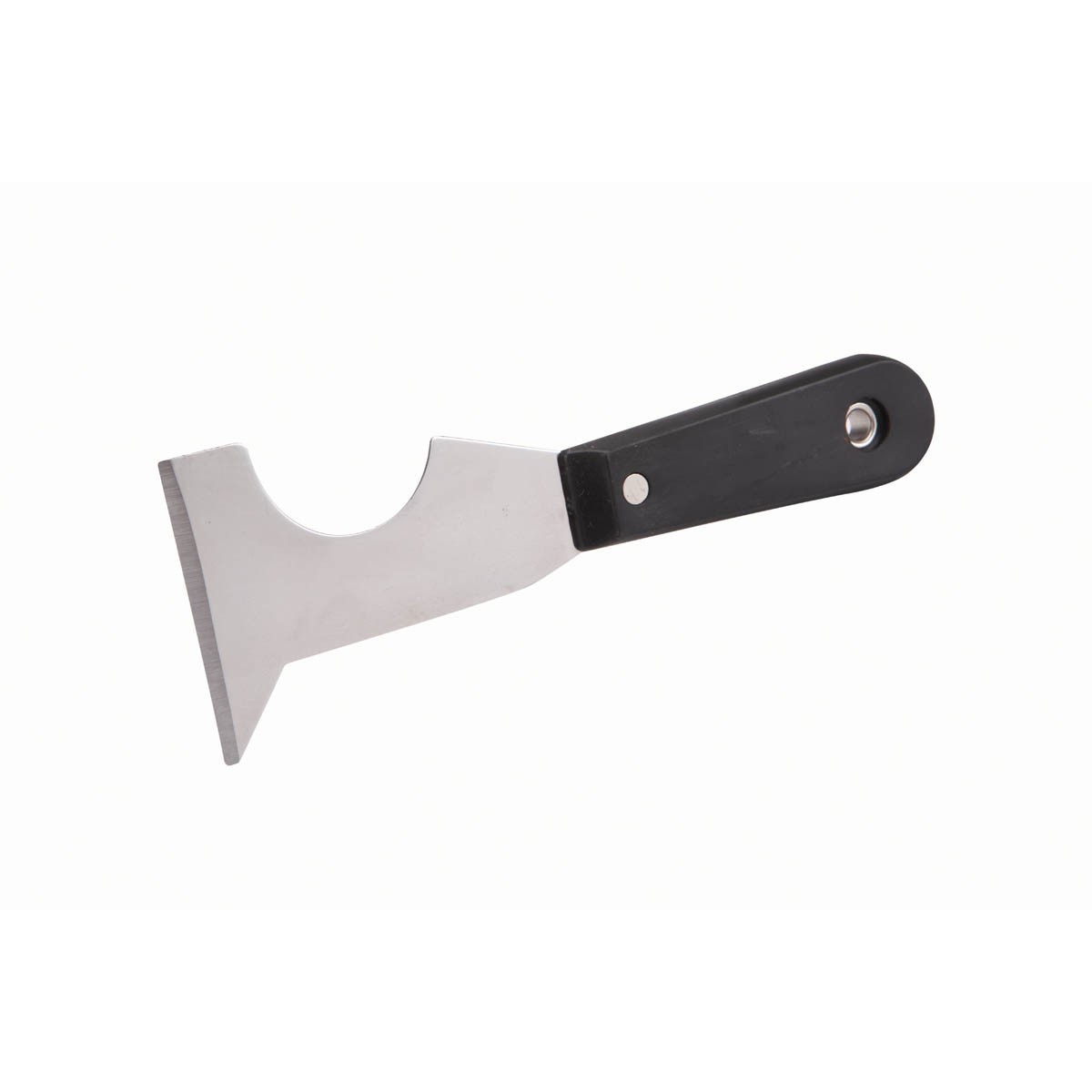
5-in-1 Paint Tool – This essential little interior painting tool has a variety of uses as its name implies. It often has a brush comb or pointed edge along one side. The pointed edge can be used for removing caulk or scraping away grime from a corner. The leading edge can be used as a scraper to remove stickers or shoddy drywall repairs, amongst other things. There is also a half-moon crescent along one edge that is used to clean and scrape roller covers. There is a top corner that can be used to pry open paint cans. And the metal rounded end at the base of the handle is used to press small divots into drywall so that spackling repairs can be made more easily.
Paint Cup - This is simply a wide plastic cup or portable bucket with a handle that you can carry with you while brushing paint. You can fill it with the paint you need so you don't have to continually return to your paint can or paint tray to refill when working from a ladder or in a different part of the room.
"Soft" Interior Painting Tools
The items I consider “soft” are those that are paint-specific and have a finite usage period. If proper care is taken with brushes and roller covers and storage of things like caulk these can be exceptions.
Roller Covers - These are the disposable covers that go on top of your roller covers. These come in varying “nap lengths”. That means the fibers are longer or shorter and absorb different amounts of paint.
Quality roller covers (such as Wooster and Purdy) produce a smoother finish and minimize the roller fuzz that ends up in your finished product.
They come in sizes ranging from ¼’ nap to 1 ¼’ nap. I recommend a ¼’ nap for thinner stains and varnishes, 3/8’’ nap for painting interior walls, ½’ nap for ceilings and anything larger is meant for masonry or heavily textured surfaces, etc. The larger the nap the more paint it holds. Therefore, increasing nap also increases the weight and will create arm fatigue.
Drop Cloths – Canvas-like fabric that protects flooring, furniture, and other valuable items in a painting project. Heavier weight than plastic so it won’t blow around and reusable and washable. Often, you’ll need multiple drop-cloths for your project.
Painter's Plastic - Available in rolls or pre-cut sheets in various sizes. Plastic is great for covering big furniture items, bathtubs, countertops, and even creating a barrier in doorways in which a job might produce a lot of dust. Plastic can be slippery on floors and blow around easily if you have a fan on so use with caution.
Paint Brushes - Among the most critical of your interior painting tools. I suggest purchasing quality paint brushes (typically $12-20) that apply paint by hand and are used mostly around trim and ceiling lines.
There are specialist brushes to be sure, but Purdy and Wooster are both widely-available brush manufacturers that produce quality products.
To keep things simple, I recommend a nylon-poly brush in a 2” or 2.5” angled variety, though a standard-style straight brush may be more useful for trim. You may need a narrower brush – 1 – 1.5” – if you have narrow spaces between cabinetry or trim and walls to paint. Smaller handles (petite for a woman’s hand) and bulkier models are available.
Natural bristle is for oil-based paints, stains, and varnishes; nylon or nylon-poly blended brushes are used in applying standard water-based latex paints and primers. If you buy a good quality brush, clean it well between uses, and store them properly they can last and be reused for years.
Spackle/drywall mud/joint compound - A lightweight, damp plaster-like material used to patch and repair nail holes and cracks in drywall, plaster and trim.
Spackle is applied with a putty knife or trowel and sanded smooth to minimize wall imperfections. Spackle must be sanded and PRIMED even if paint advertises having primer included in their formula or spackle says no priming necessary. Spackle absorbs paint differently from the wall and will be evident in final finish if primer isn’t applied first.
Tray Liners - Disposable plastic liners for your paint tray. These will help to keep your metal trays clean and reusable for years.
Caulk - Flexible, lightweight material used to seal out water and minimize gaps. You can apply caulk with a caulk gun, or they come in ready-to-use tubes that you can squeeze by hand. I prefer this method as a caulk gun can be tricky to use, especially in tight areas.
Caulk is essential around sinks, tubs, counter-tops and can minimize gaps in trim. Please remember that standard silicone caulk does not accept paint so in most cases you’ll desire a paintable caulk.
Painter’s Tape – Painter’s Tape comes in different widths and tackiness. Painter’s tape is different than masking tape. Painter’s tape is made specifically for walls and trim and minimizes leakage. You’ll need wider tape for baseboards and perhaps a thinner tape for tighter areas around cabinetry etc…
The most important thing I can stress is that regular painter’s tape is for baseboards and trim that is in a wood finish. Any tape used for painted trim or painting stripes on previously painted walls needs to be DELICATE painter’s tape. This is less tacky and friendlier on painted surfaces. You’ll minimize damage and unforeseen problems following this very important tip!
Sanding Sponge - Used to sand spackle on your repairs. An all-purpose sanding sponge (or sanding block) is very important to have on hand. You can use it to sand your spackled areas, run over walls to smooth out imperfections, and scuff-sand glossy surfaces to create “tooth” and increase adhesion for new paint.
Corner Paint Roller - A corner paint roller (or mini-roller) can be an extremely useful interior painting tool. It can be used to help "cut-in" around taped areas, get into corners, and roll paint onto smaller surfaces such as doors, trim, cabinetry, and furniture. Like a normal roller and cage it has a "frame" or handle and a removable and disposable "roller cover" with fibers
